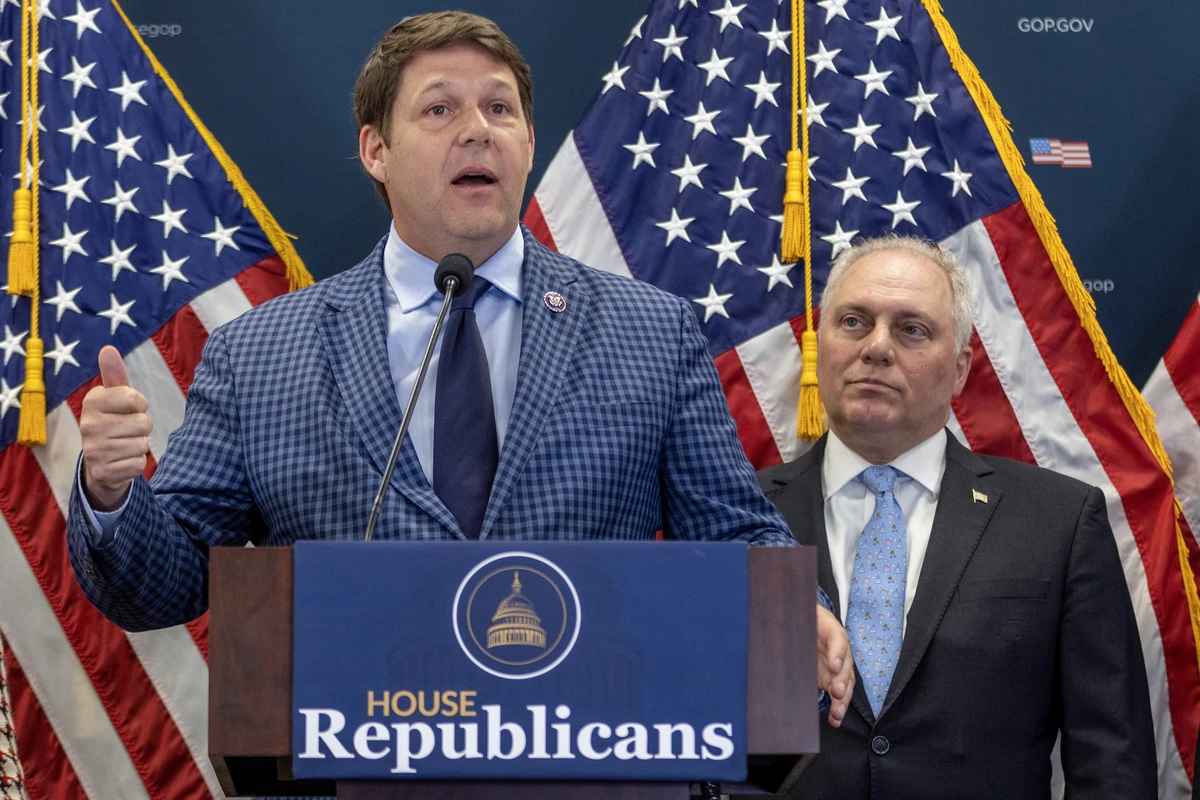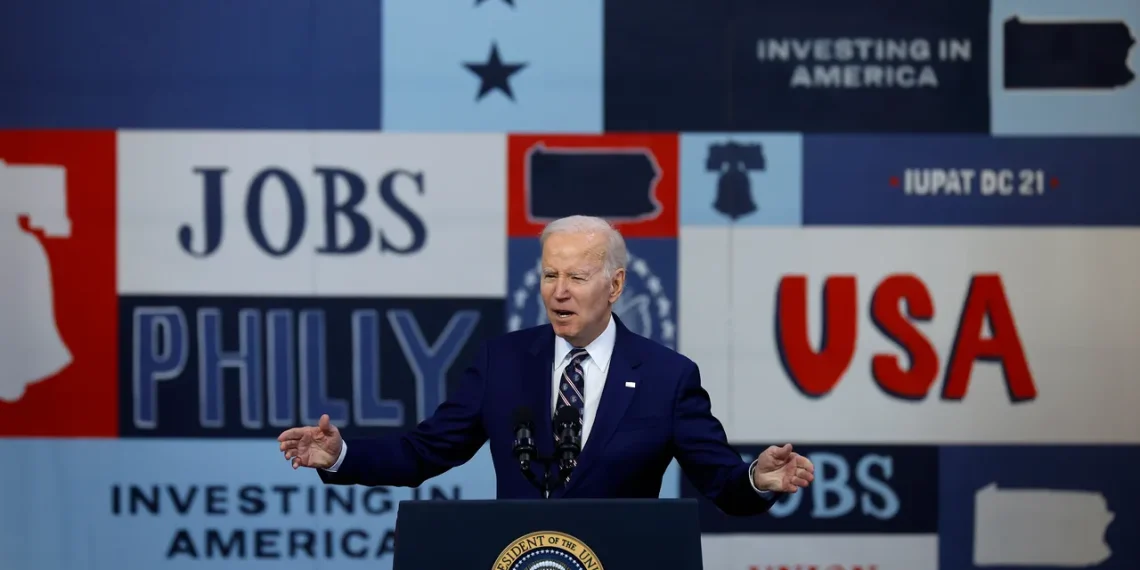Amidst Congressional struggles to pass government funding for the ongoing fiscal year, House Republicans have preemptively unveiled a budget plan aiming to achieve a federal budget balance within a decade.
The proposed plan entails slashing $14 trillion in federal spending across various sectors, including green energy subsidies and student loan forgiveness, while simultaneously proposing tax reductions.
The House Budget Committee approved the blueprint in a 19-15 party-line vote, mere hours before President Joe Biden‘s State of the Union Address, and days ahead of his scheduled budget proposal release on Monday.

House Speaker Johnson praised the plan as a vital step towards restoring fiscal stability, highlighting the GOP’s long-standing concerns about the nation’s fiscal challenges. However, the White House promptly criticized the proposal, alleging it favors wealthy special interests over middle-class families.
The Republican majority in the House faces significant obstacles in passing legislation, particularly with the Democratic-led Senate’s repeated rejection of hardline Republican demands.
Notably, the House had to resort to suspending its standard rules to pass a temporary funding bill, averting a looming government shutdown, albeit with substantial Democratic support.
Budget Committee Chairman Jodey Arrington emphasized the plan’s potential to not only reduce the federal debt, which currently exceeds $34 trillion but also create a budget surplus of $44 billion by fiscal 2034, ultimately stimulating economic growth through tax cuts.

Conversely, Democrats criticized the blueprint, arguing it would disproportionately impact American families. They advocated for President Biden’s forthcoming budget proposal as a more equitable and rational approach to fiscal management.
The Republican 2025 budget maintains the same $1.6 trillion in base discretionary spending as outlined in the Fiscal Responsibility Act agreed upon last year between Biden and former House Speaker Kevin McCarthy.
However, significant spending cuts are deferred until fiscal 2026, conveniently after the upcoming November elections, which will determine control of the White House and Congress.





